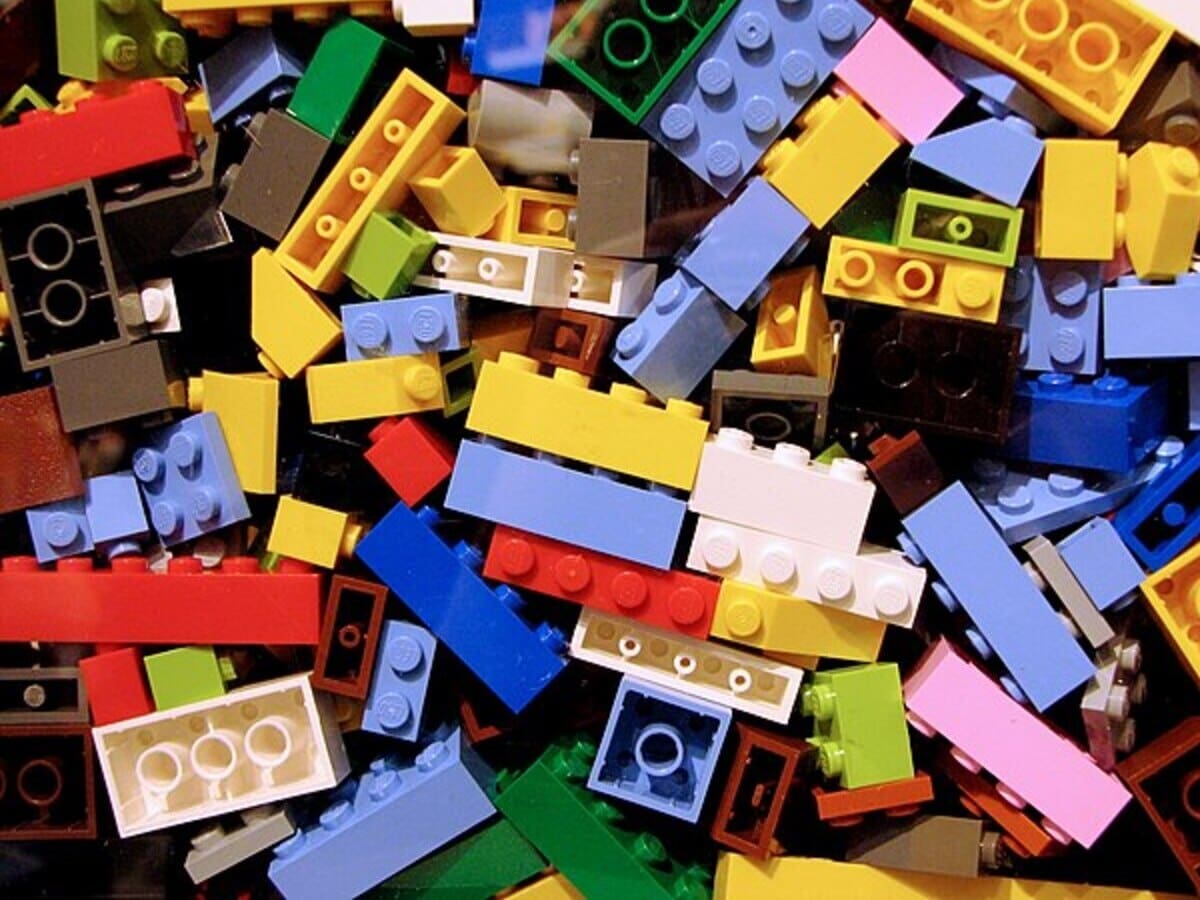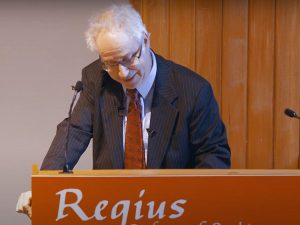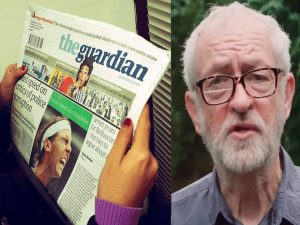Content warning – this article mentions trauma and addiction.
Over the past thirty years, LEGO has been used as a therapeutic tool for both children and adults. It seems that many people benefit from this kind of intervention, but how exactly does LEGO help adults heal from trauma?
Across numerous social media sites, huge communities of adult Fans of LEGO exist. One group alone which I’m a member of, boasts over 100k members internationally. Adults come together virtually to enjoy and benefit from both building LEGO, and the sense of community.
Whilst many of the sets are designed for children, some of the newer sets, such as the McLaren & Ayrton Senna set, were created with adults in mind. With an 18+ label, most of them are more complex or designed as display pieces – rather than those children can play with.
What is trauma?
Trauma is an event or series of events which is distressing and overwhelms our nervous systems ability to cope. In England, one in three adults have experienced one or more traumatic events.
People with trauma will use grounding techniques to help them when something triggers them. Specifically, it allows a person to interrupt their nervous system’s response and start feeling safe and present again, rather than trapped in a traumatic memory.
There are many versions of very similar grounding techniques. Notably, the majority of these involve a person trying to reconnect with the present moment, rather than something traumatic from the past. Additionally, many of them aim to engage different senses, such as physical touch along with forcing the brain to focus on something else as a distraction. Of course, LEGO ticks all of these boxes.
Whilst other creative activities tick one or two of these boxes, it seems LEGO is on another level. Using both hands to build and at the same time focusing on making sense of the instructions, is an incredibly grounding combination.
How is LEGO helping people heal from trauma?
There are many reports online of people using LEGO to get through various traumatic events. From US Veterans overcoming PTSD, addiction and reducing anxiety, to helping someone through the loss of two children. LEGO has helped many people survive difficult times in their lives.
Sofie Furio is a military veteran who was diagnosed with PTSD after spending 24 years in the US Air Force. She told me:
I found that by building LEGO, I am reprogramming my brain to work through distractions and frustration that are often triggered as a result of trauma. Building LEGO is something that helps me ground myself. I work on a LEGO set and I practise my breathing. PTSD made me isolate, disconnect and avoid. But LEGO has become the link to interact and regain a meaningful connection with others.
Nervous system regulation
To put it simply, nervous system regulation means our ability to move through life’s stresses without getting overwhelmed.
During periods of stress, our fight or flight response is activated. A regulated nervous system will quickly return to normal once the threat is over. For people with a history of trauma, this is a much harder task. Trauma creates changes in the brain meaning that sometimes the fight or flight response becomes the default setting.
This can lead to overstimulation and finding it difficult to calm down. Or, on the other hand they may become disconnected and depressed or even alternate between the two states.
In recent years there has been a lot of hype on social media sites such as TikTok surrounding nervous system regulation. But have we been overlooking such a simple tool like LEGO?
Unlike many meditation techniques, LEGO allows a form of mindfulness that does not involve sitting completely still. For some people like Hayden, who experienced a traumatic event as an adult, this makes it easier.
LEGO gets me to slow down. I really struggle to sit still and be present. But when I’m building LEGO it’s like nothing else exists. I haven’t managed to find that anywhere else.
A.J, who also has PTSD, shared similar experiences:
Lego allows me to switch my mind off and gives me a break. Sometimes I use it to help me distract myself. If my brain is too full to think I will just follow the instructions of a set. Other times I feel more creative and will just build and see what comes from it. Either way it helps me de-stress and have some fun.
The importance of Play
Play is often how children start to make sense of the world around them. However, often when individuals have experienced trauma at a young age, they miss out on ‘normal’ things such as play.
I spoke to Rose, who is healing from multiple traumas and is learning to manage her PTSD symptoms. She told me:
Childhood trauma casts a dark shadow over the entirety of your childhood… it’s difficult to recall anything that stirs a ‘happy thought’. But LEGO gently and safely unearths those memories that aren’t filled with terror and gives you the power to unlock your inner child.
Having fun and even playing, enables so many of us to actually feel alive – rather than just keeping our heads above water.
I spoke to Dr Jay Watts – Consultant Clinical Psychologist and Psychotherapist:
I am a huge fan of LEGO for adults who have been traumatised in childhood, including myself!
When we’ve been traumatised, we often miss out on opportunities to play and create safely. These experiences leave many scars, one of which is the struggle to find joy in creativity. We develop our joy in play early in life, partly by seeing it mirrored in others.
Without that reflection, it’s like a drought to the growth of the soul; it limits our joy in life. We need to be able to play because it’s part of the life force—the antidote to the greying stillness, deadness, and exhaustion that many of us can feel.’
Psychology has begun to recognise that play is as important to healing from trauma as processing trauma memories and establishing good-enough relationships. We’re reawakening an inner child that’s been too scared, too damaged, or too paralyzed to move, and freeing them historically helps free us a little in the now.
Letting our imaginations run riot
Ultimately, Dr Watts concluded:
Will LEGO heal our trauma? Well, no, of course not entirely. But LEGO allows us both to let our imaginations run riot and to engage in a precision that demands qualities akin to mindfulness.
Whilst many different creative activities all seem to have some therapeutic benefits – LEGO seems to provide more than most. And if nothing else, when everything feels chaotic and you can’t get your thoughts in order. You can always get your LEGO in order. Personally, it makes me feel in control. No matter what is going on.
As Dr Watts highlighted however:
Were it only less expensive, I would consider it a gift to the world!
Still, whether you are following an instruction booklet or creating something of your own, you cannot beat the feeling of putting the last piece into place. No matter how old you are, the sense of achievement rivals that of flat pack furniture. But LEGO is way more fun and usually, better to look at. And if it helps people with their trauma, all the better.
LEGO is often a metaphor for life. Eventually all the pieces will fit together. No matter how many are currently scattered all over the floor.
Featured image supplied




